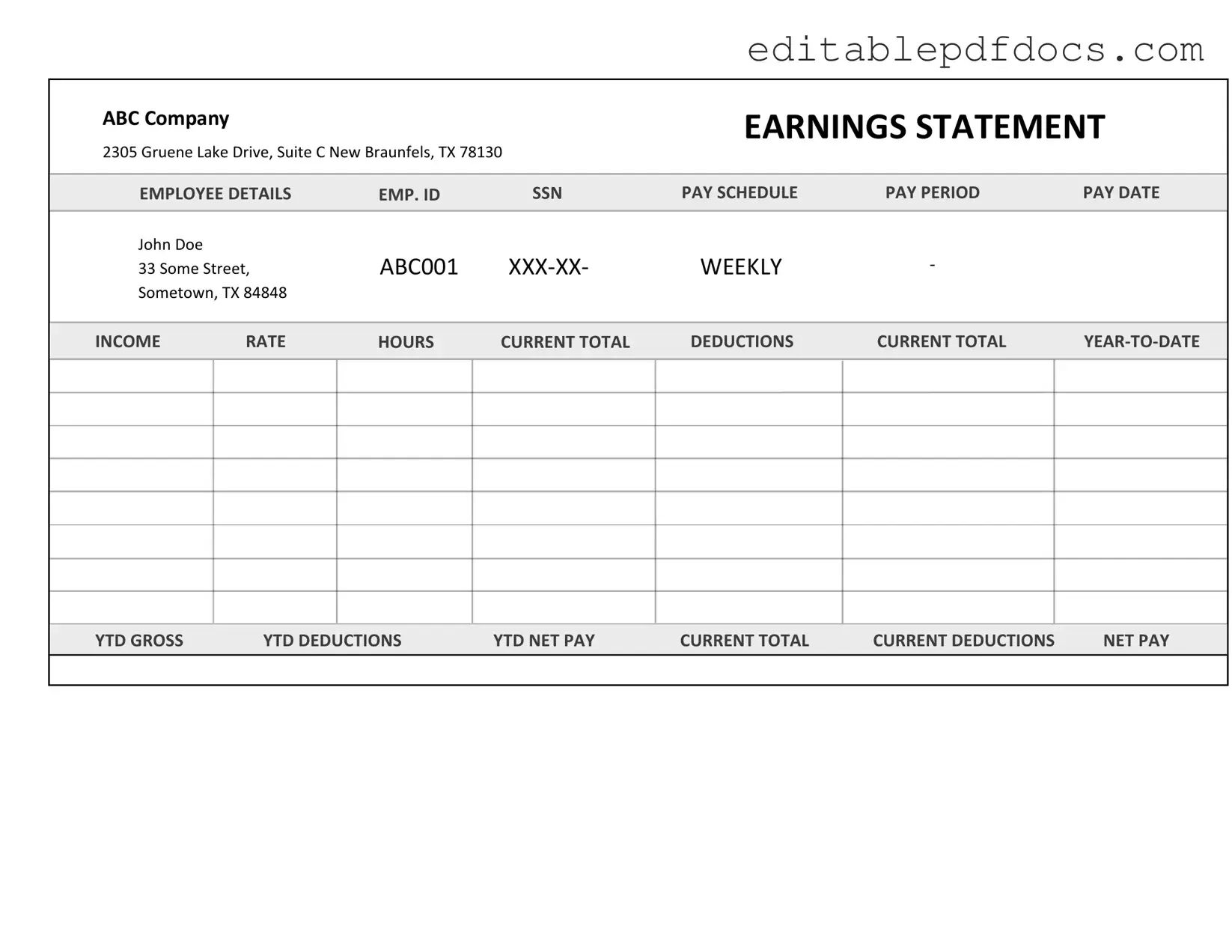When it comes to managing finances as an independent contractor, having the right documentation is crucial. One essential tool in this process is the Independent Contractor Pay Stub form. This form serves as a detailed record of earnings, deductions, and hours worked, providing both contractors and clients with clarity and transparency. It typically includes vital information such as the contractor's name, payment period, and the total amount earned. Additionally, it outlines any deductions for taxes or other expenses, ensuring that contractors can easily track their income and understand their financial obligations. By utilizing this pay stub, independent contractors can maintain organized records, which is particularly helpful come tax season. Understanding how to properly fill out and use this form can empower contractors to manage their finances more effectively and foster better communication with clients.
